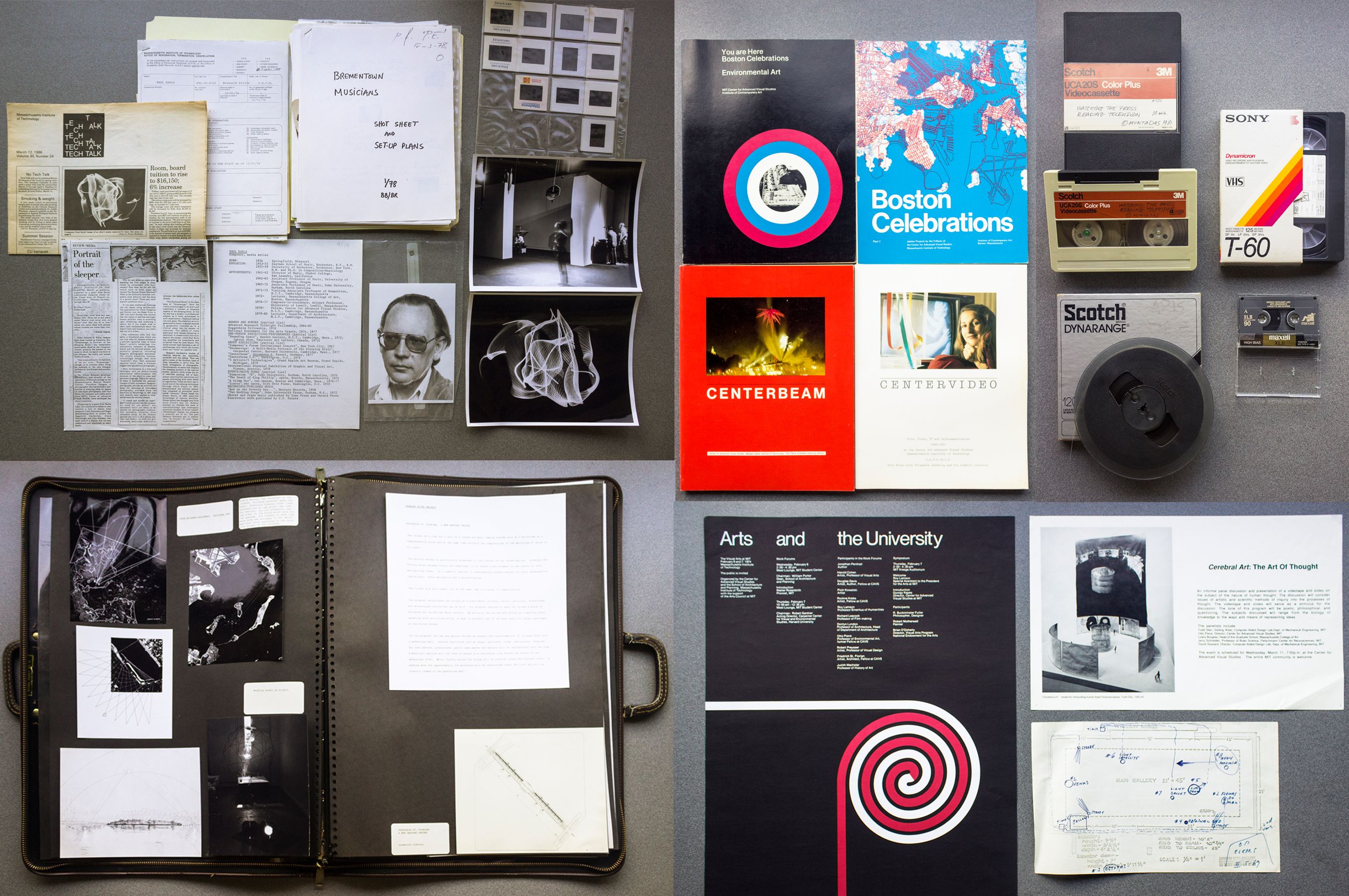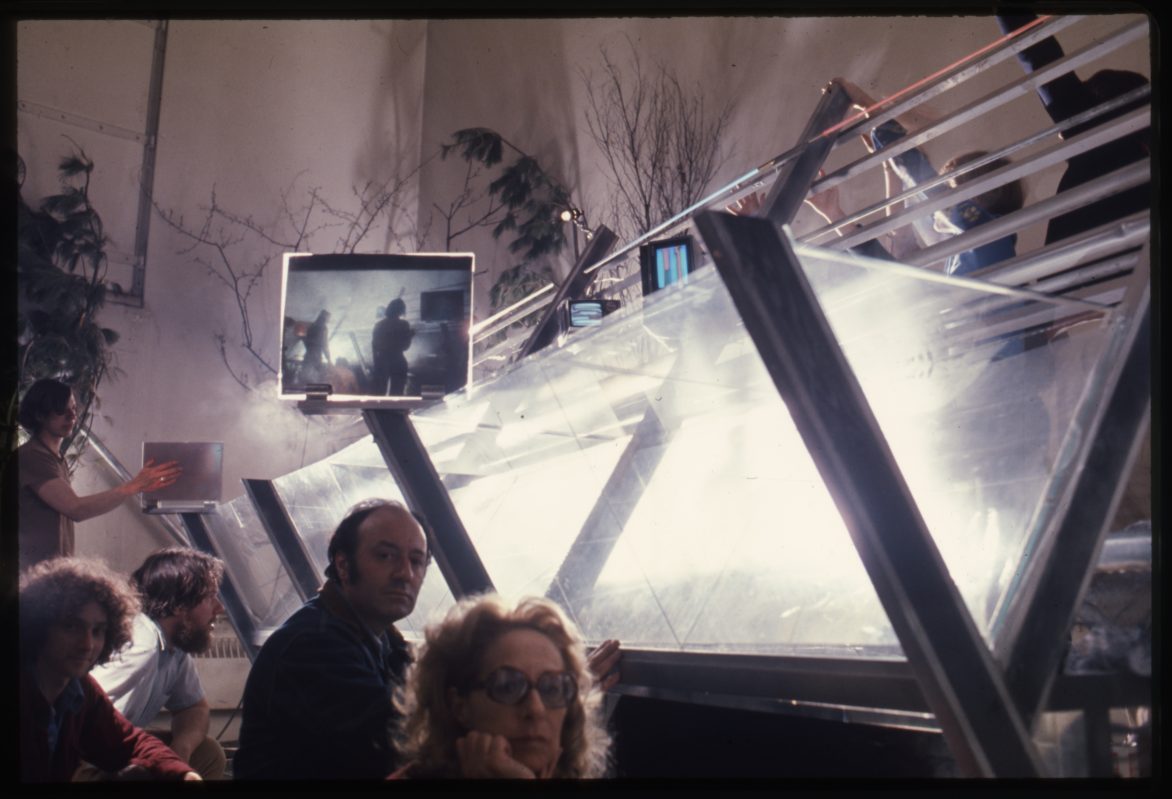The Art, Culture, and Technology (ACT) program at MIT is an academic program and hub of critical art practice and discourse within the School of Architecture and Planning at the Massachusetts Institute of Technology. ACT is headed by distinguished artist-professors and includes a dynamic group of artist-practitioner graduate students, visiting artist-lecturers, affiliates, and guests. Through an integrated approach to pedagogy, public events programming, exhibitions, and publications, ACT builds a community of artist-thinkers exploring art’s complex relationship to culture and technology. While ACT is not an art school in the traditional sense, the program’s mission is to promote leadership in critical artistic practices by creating art that is a vital means of experimenting with new forms of knowledge and cultural production, while continually questioning what an artistic research and learning environment can be within contemporary culture.
As part of MIT’s School of Architecture and Planning, ACT inhabits a vibrant ecosystem of programs, centers, and labs that promotes the interplay between art, culture, technology, science, and design.

